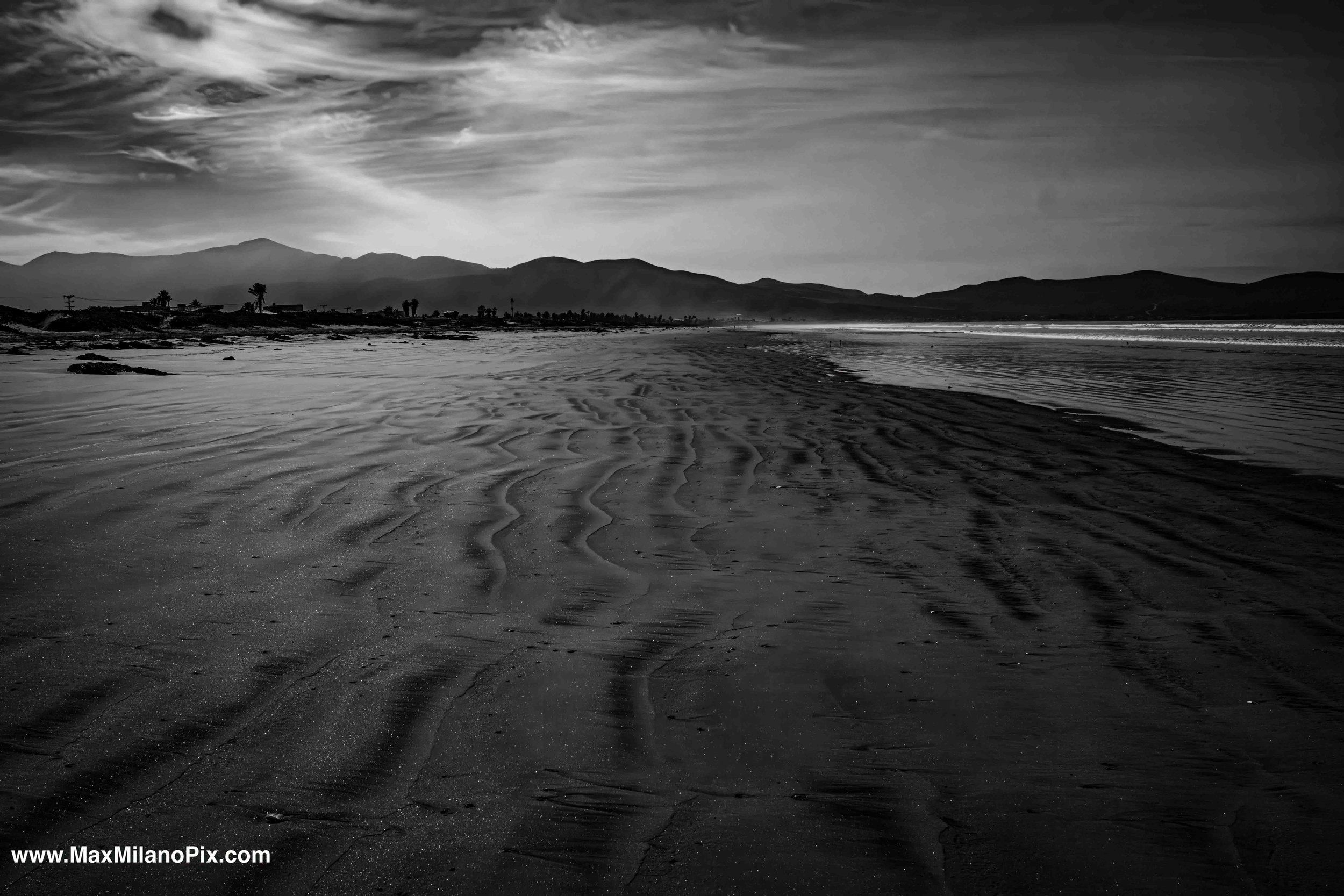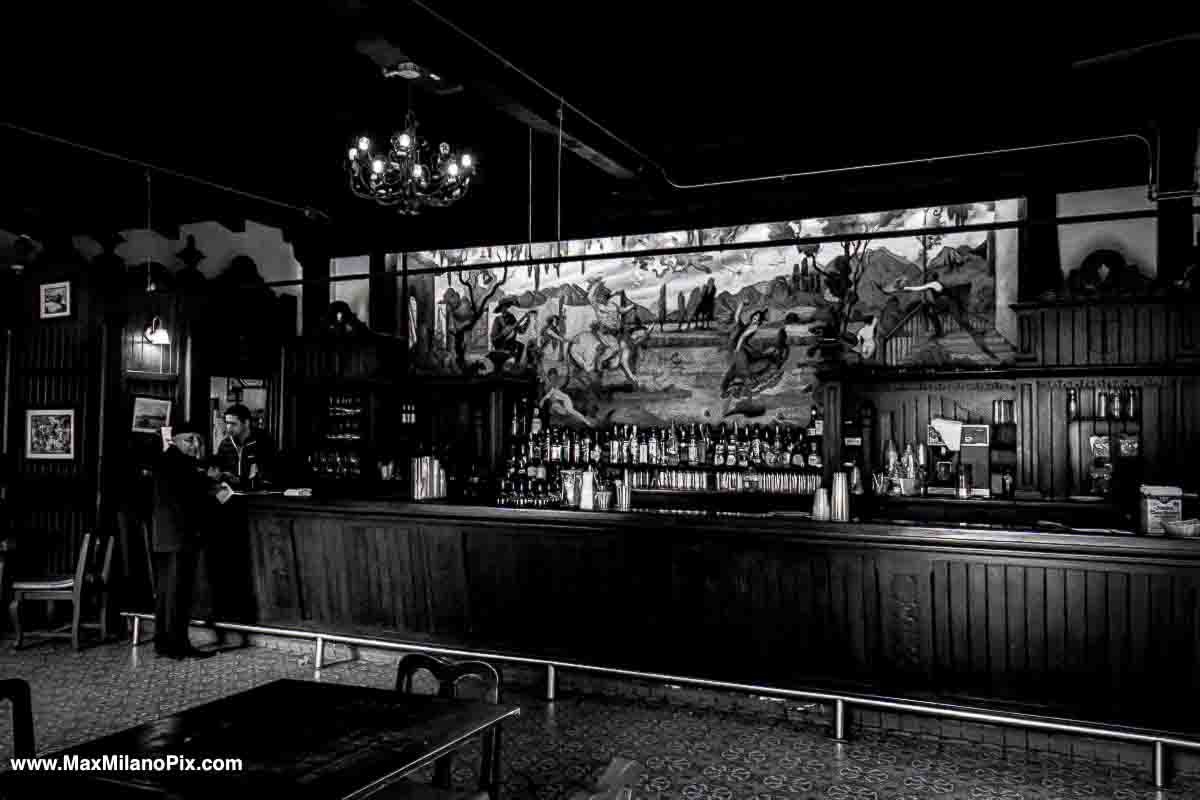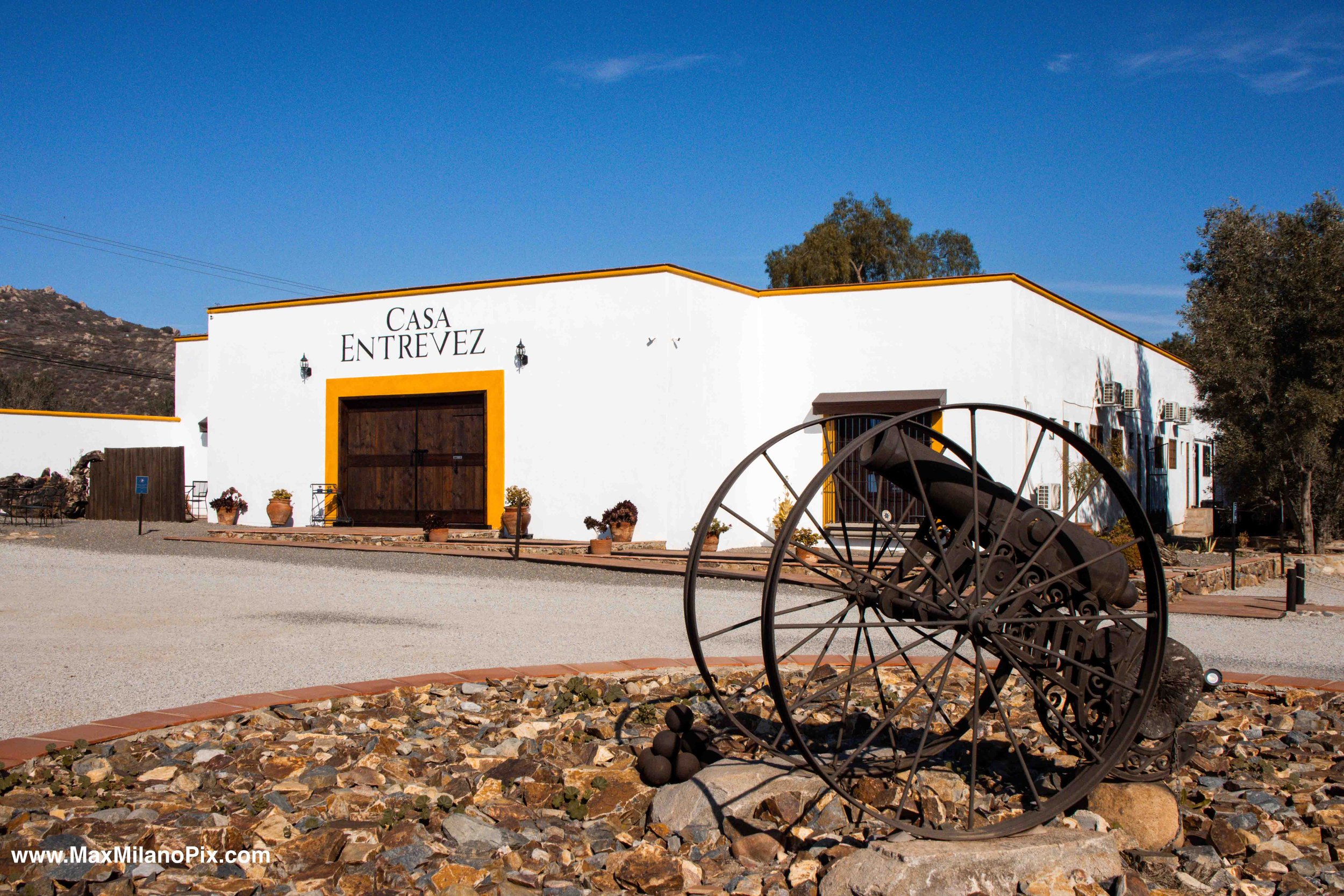By Max Milano
The Estero Beach Resort is the best hotel in Ensenada. It's a heaven of subdued luxury on a spot privileged by nature. It sits across the waters from a great sandbar that forms a natural lagoon with a long and wide beach on its ocean-facing side. At the tip of the sandbar, there's a deep and narrow tidal channel with the Estero Beach Resort on the mainland shore and a sandy beach claimed by sea lions on the opposite bank. Beyond the sandbank, the Pacific Ocean roars un-pacifically as six-foot waves chase each other up and down the coast, painting the shoreline in froth and blue walls of cold water that few dare to surf.
A promenade on the hotel side is flanked by swaying palm trees and a bank of suites with expansive terraces that pour into a tropical garden and a central pool area. Our suite faces the sandbank, and we sit back on lounge chairs to watch the sunset and listen to the sea lions growl like Mongolian throat singers. The tide is coming, and soon, the sea lion's beach will be underwater as darkness creeps in after the last orange hues of an impossibly beautiful sunset dissipate.
The View From Estero Beach Resort, Ensenada, Mexico.
It's me and the wife. We'd started the day up in the Hollywood Reservoir overlooking the smoggy skyline of midtown Los Angeles and are now watching the sunset in another country. We'd simply driven in. There’s no passport control on the Mexican side to drive from the border in San Diego to Ensenada.
You have to drive through what some would call a shantytown to get to the gates of the Estero Beach Resort. Only that it's not a shantytown, just a typical working-class Mexican neighborhood with taco stands and palm readers and botanicas selling potions for love and money. There's a guard by the hotel gate inside a boxy checkpoint and a long palm tree-lined driveway that leads to the hotel reception building, which is separate from the two-level hotel on the waterfront. The whole place has an air of a 1970s sci-fi compound with Aztec flourishings: The head of a plumed serpent, Aztec patterns on walls inspired by the pyramids of Teotihuacán, and, in a strange twist, our bedroom has an immense wall relief of a Mayan deity.
We’d taken a late lunch at Estero Beach's restaurant. The view from the restaurant terrace was almost identical to the view from our terrace. Palm trees, a tidal channel, a long tongue of sand, sea lions, and a roaring ocean beyond. At lunch, our Mexican waiter opened a bottle of local méthode champenoise as dusk began to beckon. The sun was just a big orange ball looming above the sea and the mountains beyond. To the south, only desert until Cabo.
Estero Beach, Ensenada, Mexico.
The waiter had recounted a story about the kids who almost drowned in the channel in front of the hotel. They were playing with a ball, and the ball fell into the water. The kids went in. Their father jumped in to rescue them. The father drowned. A pair of gringo surfers rescued the kids. So is life, he seemed to be saying in that sad and matter-of-fact way that Mexicans face life challenges.
As the last stains of color drain from the dying dusk, we sit on lounge chairs on our suite's terrace and wonder where the sea lions go when the tide floods their beach. I'm reading 'Under the Volcano' by Malcolm Lowry and feel a kinship with Lowry's love-torn ex-pats lost in 1930s Mexico. I take a sip of scotch from the travel bottle that lives in my suitcase and think of the black and white photos of tuxedo-clad Hollywood stars who flocked to Ensenada in the 1920s to drink and gamble during prohibition. We’d seen these photos at the 1920s Sevillian revival building of the old Casino de Ensenada that houses the Bar Andaluz: A bar of dark wood with a large mural depicting a romantic scene from old Seville. The Bar Andaluz is some gringo's idea of Spain in Mexico that spawned the creation of that most Mexican of cocktails: The Margarita. Named after the manageress of the Casino's hotel who wanted something lighter than straight tequila to feed her alcoholic shakes, or so our bartender said as he mixed our margaritas by hand while someone disguised as a conquistador, complete with a Morion helmet and breastplate walked around for the tourist's sake as they got off, pale and soft, from a string of tour buses begotten by the pair of massive cruise ships docked in the harbor.
Bar Andaluz, Ensenada, Mexico.
It’s the next day after our arrival, and we’re at the Rey Sol French restaurant in the tourist part of downtown Ensenada for a late brunch. They've set up a terrace with a canvas roof on the sidewalk, tables, and a refrigerated cabinet to display pâtisserie. We take a table, order espressos, and watch society Mexican ladies with trendy ponchos and designer sunglasses pour out of El Rey Sol's dining room to select pastries from the cabinet on the terrasse. Waiters in white shirts and dickie ties put pastries in large pink boxes for the posh ladies to take home. Everyone seems to be having their three Margarita lunch, but it's two PM.
Up the road, pharmacies flog Viagra and antidepressants like it was candy. On the waterfront, by the port, Mexican families stroll in the coolness of the evening as music from several loudspeakers compete to out-blast each other, resulting in a wall of sound punctuated by the cries of children. Several Mennonite families stroll among the Mexicans in their Little House on the Prairie outfits, never blending in due to their gringoness and anachronistic dress.
We’re heading up to the Valley of Guadalupe to check out Mexico's most happening wine region. It used to be a sleepy old town with family-run vineyards, but it has become shit-hot trendy, and you now need a reservation to get into most wineries for a tasting. Michelin Star chefs have opened shop up and down the valley, and some of the eateries are considered the best in Mexico and/or Latin America. We try to avoid the hype and drive around, looking for a winery that still feels like the old days, quaint and family-run. We see an open gate, drive in, and are greeted by a gorgeous white-walled and red-tilled Seville-style building, a meticulously raked terrace, and a sleeping dog. We’ve found Casa Entrevez.
Casa Entrevez Winery & Hotel, Valle de Guadalupe, Mexico.
We're offered a table under an oak tree by the sleeping dog. We can see the vineyard through a gate beyond the whitewashed Sevillian walls. The only difference is that they don't call it Sevillian style but Poblano. The family that owns the place is from Puebla, and they've transplanted their Sevillian-inspired architecture to this Valley of Guadalupe, so far up north.
Entrevez Vineyard, Valle de Guadalupe, Mexico.
We're served orange wine and a charcuterie board. Not made from oranges, orange wine is produced by letting white wine grape skins soak in a little. There are three buildings in total. One is a hotel housed in a Seville/Puebla-style hacienda with an interior courtyard. The other is the wine-tasting room; the other is a restaurant with a cellar cave underneath.
As dusk nears, we visit the wine cave. Gregorian chants waft among American and French oak barrels. The cave is a temple to wine and good taste and is at least twenty degrees cooler than the air outside. Hard to believe this is accomplished without artificial air conditioning.
Entrevez Wine, Valle de Guadalupe, Mexico.
The next day, we drive back to the border via Tecate. We take in Tecate's two sights, a bakery and the Tecate Beer factory tasting room, and take the toll road to Tijuana to cross back into San Diego at the Otay Mesa Checkpoint.
The Tecate-Tijuana toll road skirts the border, but the border here is a chain of rocky, dry mountains that jut into the sky for hundreds of feet. A metal wall, incongruously, separates the two countries halfway up the chain of hills despite the roughness of the terrain. A Mexican Army pickup truck with a mounted machine gun and balaclava-wearing soldiers is parked by the side of the road, manning a dead body covered with a tarp. We hear that the cartel uses the toll road to dump bodies in the night as it crosses the pitch-black, inhospitable landscape.
Tijuana's traffic madness forces us to cut through a rough local neighborhood to reach the SENTRI checkpoints. Local men play dominos out on porches, and children play in the dirt as we drive through pot-holed streets toward the SENTRI lanes.
We cross back into the faux Spanish colonial soullessness of San Diego and wish we were back in the real thing. It will be a long drive back to Los Angeles.







